
CATEGORIES:
BiologyChemistryConstructionCultureEcologyEconomyElectronicsFinanceGeographyHistoryInformaticsLawMathematicsMechanicsMedicineOtherPedagogyPhilosophyPhysicsPolicyPsychologySociologySportTourism
Shareholders
Investors
Stock markets are measured by stock indexes (or indices), such as the Dow Jones Industrial Average (DJIA) in New York, and the FTSE 100 index (often called the Footsie) in London. These indexes show changes in the average prices of a selected group of important stocks. There have been several stock market crashes when these indexes have fallen considerably on a single day (e.g. 'Black Monday5, 19 October 1987, when the DJIA lost 22.6%).
Financial journalists use some animal names to describe investors:
■ bulls are investors who expect prices to rise
■ bears are investors who expect them to fall
■ stags are investors who buy new share issues hoping that they will be over-subscribed. This means they hope there will be more demand than available stocks, so the successful buyers can immediately sell their stocks at a profit.
A period when most of the stocks on a market rise is called a bull market. A period when most of them fall in value is a bear market.
Dividends and capital gains
Companies that make a profit either pay a dividend to their stockholders, or retain their earnings by keeping the profits in the company, which causes the value of the stocks to rise. Stockholders can then make a capital gain - increase the amount of money they have - by selling their stocks at a higher price than they paid for them. Some stockholders prefer not to receive dividends, because the tax they pay on capital gains is lower than the income tax they pay on dividends. When an investor buys shares on the secondary market they are either cum div, meaning the investor will receive the next dividend the company pays, or ex div, meaning they will not. Cum div share prices are higher, as they include the estimated value of the coming dividend.
Speculators
Institutional investors generally keep stocks for a long period, but there are also speculators - people who buy and sell shares rapidly, hoping to make a profit. These include day traders - people who buy stocks and sell them again before the settlement day. This is the day on which they have to pay for the stocks they have purchased, usually three business days after the trade was made. If day traders sell at a profit before settlement day, they never have to pay for their shares. Day traders usually work with online brokers on the internet, who charge low commissions - fees for buying or selling stocks for customers. Speculators who expect a price to fall can take a short position, which means agreeing to sell stocks in the future at their current price, before they actually own them. They then wait for the price to fall before buying and selling the stocks. The opposite - a long position - means actually owning a security or other asset: that is buying it and having it recorded in one's account.
June 1: Sell 1,000 Microsoft stocks, to be delivered June 4, at current market price: $26.20 June 3: Stock falls to $25.90. Buy 1,000
June 4: Settlement day. Pay for 1,000 stocks @ $25.90, receive 1,000 x $26.20. Profit $300



A short position

31.1 Label the graph with words from the box. Look at A opposite to help you.
bull market crash
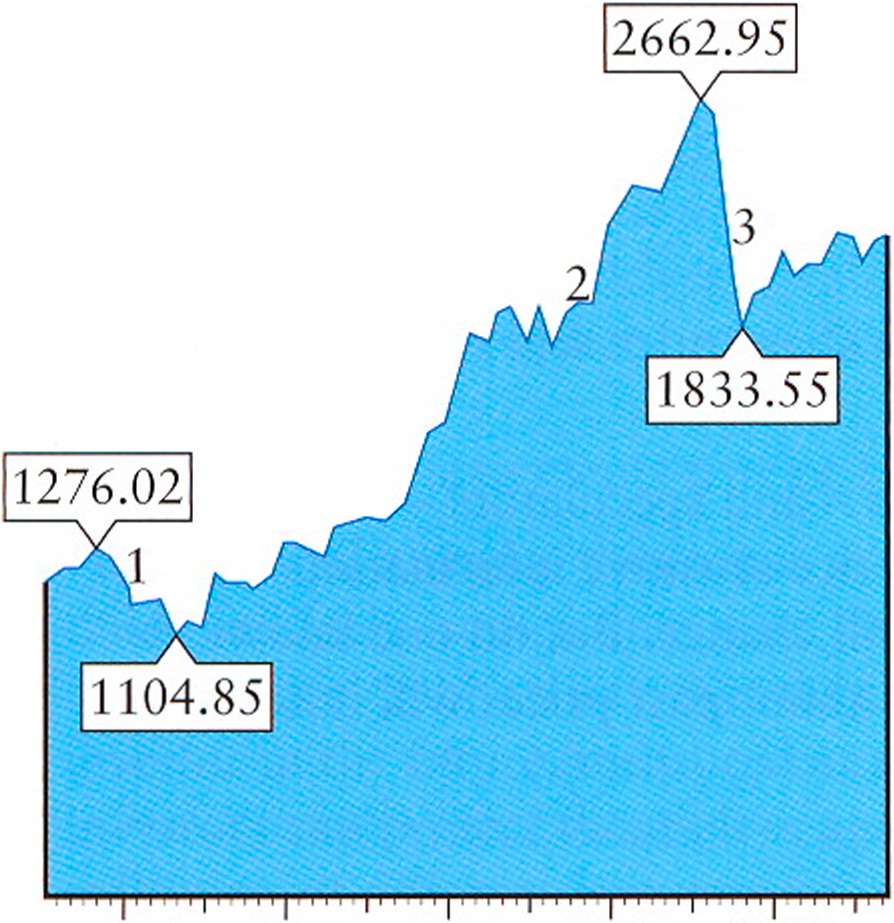
1984 1985 1986 1987 1988
31.2 Answer the questions. Look at A, B and C opposite to help you.
1 How do stags make a profit?
2 Why do some investors prefer not to receive dividends?
3 How do you make a profit from a short position?
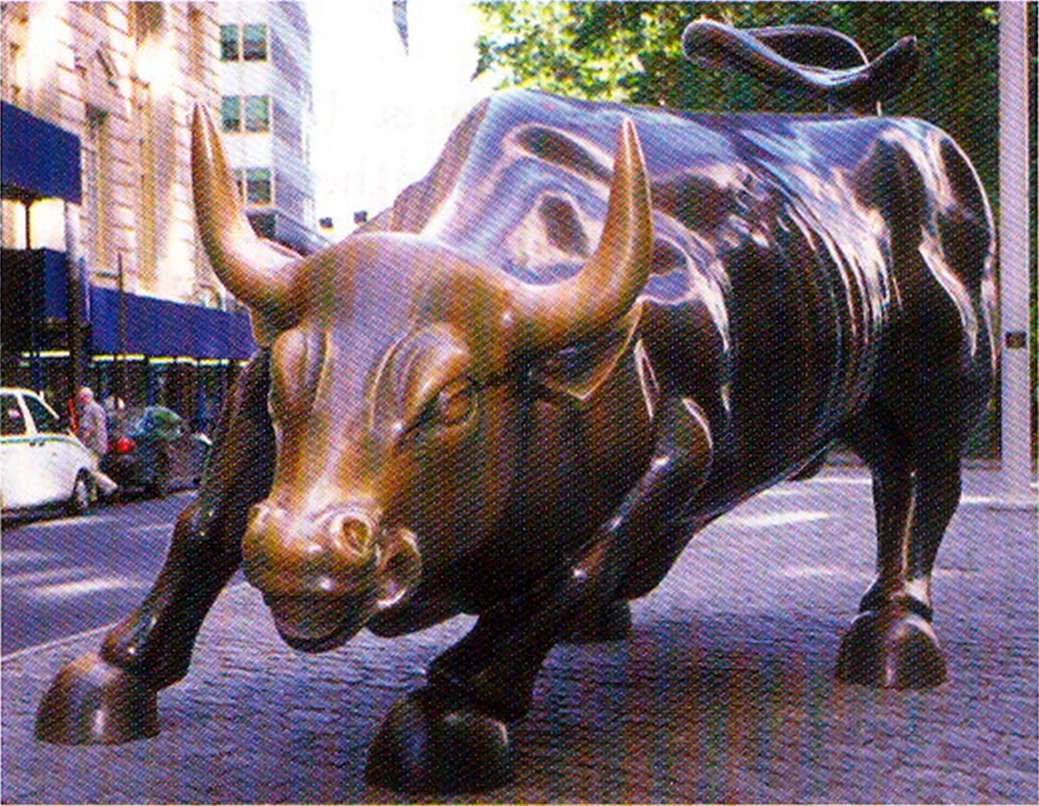
31.3 Make word combinations using a word or phrase from each box. Some words can be used twice. Then use the correct forms of the word combinations to complete the sentences below. Look at B and C opposite to help you.
| make | a capital gain | |
| own | a dividend | |
| pay | earnings | |
| receive | a position | |
| retain | a profit | |
| take | securities | |
| tax |
1 I.................... less..................... on capital gains
than on income. So as a shareholder, I prefer
not to..................................... a........................ If the
company..................................... its...................... , I can
................................... a................................... by
selling my shares at a profit instead.
2 Day trading is exciting because if a share price
falls, you can..................................... a........................................................... by
bear market
................................... a short........................ But it's risky
Ov&r +o ipu
Would you like to be
selling.................................... that you don't even
The sculpture of a bull near the New York Stock Exchange
a day trader? Or would you be frightened of taking such risks?
Share prices
Influences on share prices
Share prices depend on a number of factors:
■ the financial situation of the company
■ the situation of the industry in which the company operates
■ the state of the economy in general
■ the beliefs of investors - whether they believe the share price will rise or fall, and whether they believe other investors will think this.
Prices can go up or down and the question for investors - and speculators - is: can these price changes be predicted, or seen in advance? When price-sensitive information - news that affects a company's value - arrives, a share price will change. But no one knows when or what that information will be. So information about past prices will not tell you what tomorrow's price will be.
Predicting prices
There are different theories about whether share price changes can be predicted.
■ The random walk hypothesis. Prices move along a 'random walk' - this means day-today changes arc completely random or unpredictable.
Left shoulder
Right shoulder
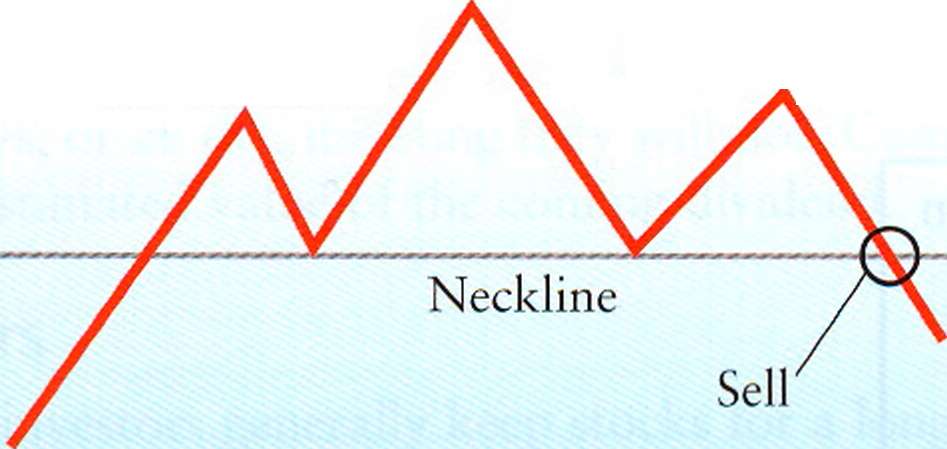
■ The efficient market hypothesis. Share prices always accurately or exactly reflect all relevant information. It is therefore a waste of time to attempt to discover patterns or trends - general changes in behaviour - in price movements.
Head
C/3 (J
• —I I
Time
£h
Head and shoulders pattern
■ Technical analysis. Technical analysts are people who believe that studying past share prices does allow them to forecast future price changes. They believe that market prices result from the psychology of investors rather than from real economic values, so they look for trends in buying and selling behaviour, such as the chead and shoulders' pattern.
■ Fundamental analysis. This is the opposite of technical analysis: it ignores the behaviour of investors and assumes that a share has a true or correct value, which might be different from its stock market value. This means that markets are not efficient. The true value reflects the present value of the future income from dividends.
Types of risk


Analysts distinguish between systematic risk and unsystematic risk. Unsystematic risks are things that affect individual companies, such as production problems or a sudden fall in sales. Investors can reduce these by having a diversified portfolio: buying lots of different types of securities. Systematic risks, however, cannot be eliminated in this way. For example market risk cannot be avoided by diversification: if a stock market falls, all the shares listed on it will fall to some extent.

32.1 Match the two parts of the sentences. Look at A and B opposite to help you.
1 The random walk theory states that
2 The efficient market hypothesis is that
3 Technical analysts believe that
4 Fundamental analysts believe that
a studying charts of past stock prices allows you to predict future changes,
b stocks are correctly priced so it is impossible to make a profit by finding undervalued ones,
c you can calculate a stock's true value, which might not be the same as its market price,
d it is impossible to predict future changes in stock prices.
32.2 Are the following statements true or false? Find reasons for your answers in B and C opposite.
1 Fundamental analysts think that stock prices depend on psychological factors - what people think and feci - rather than pure economic data.
2 Fundamental analysts say that the true value of a stock is all the income it will bring an investor in the future, measured at today's money values.
3 Investors can protect themselves against unknown, unsystematic risks by having a broad collection of different investments.
4 Unsystematic risks can affect an investor's entire portfolio.
32.3 Match the theories (1-3) to the statements (a-c). Look at B opposite to help you.
1 fundamental analysis
2 technical analysis
3 efficient market hypothesis
f "

Share prices are correct at any given time. When new information appears,

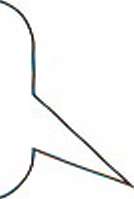
they change to a new correct price.
By analysing a company, you can determine its real value. This sometimes allows you to make a profit by buying underpriced shares.
It's not only the facts about a company that matter: the stock price also depends on what investors think or feel about the company's future.

changes,
Ov&r +o ipu
Do you believe that it is possible to find undervalued stocks, predict future price and regularly get returns that are higher than the stock market average?
Bonds
Government and corporate bonds
Bonds are loans to local and national governments and to large companies. The holders of bonds generally receive fixed interest payments, once or twice a year, and get their money - known as the principal - back on a given maturity date. This is the date when the loan ends.
Governments issue bonds to raise money and they are considered to be a risk-free investment. In Britain government bonds are known as gilt-edged stock or just gilts. In the US they are called Treasury notes, which have a maturity of 2-10 years, and Treasury bonds, which have a maturity of 10-30 years. (There are also short-term Treasury bills which have a different function: see Units 25 and 27.)
Companies issue bonds, called corporate bonds, because they can usually pay less interest to bondholders than they would have to pay if they raised the same money by a bank loan. These bonds are generally safer than shares, because if a company cannot repay its debts it can be declared bankrupt. If this happens, the creditors can force the company to stop doing business, and sell its assets to repay them. In this way, bondholders will probably get some of their money back.
Borrowers - the companies issuing bonds - are given credit ratings by credit agencies such as Standard & Poor's and Moody's. This means that they are graded, or rated, according to their ability to repay the loan to the bondholders. The highest grade (AAA or Aaa) means that there is almost no risk that the borrower will default - fail to pay interest or to repay the principal. Lower grades (e.g. Baa, BBB, C, etc.) mean an increasing risk of the borrower becoming insolvent - unable to pay interest or repay the capital.
Prices and yields
Bonds are traded by banks which act as market makers for their customers, quoting bid and offer prices with a very small spread or difference between them. (See Unit 30) The price of bonds varies inversely with interest rates. This means that if interest rates rise, so that new borrowers have to pay a higher rate, existing bonds lose value. If interest rates fall, existing bonds paying a higher interest rate than the market rate increase in value. Consequently the yield of a bond - how much income it gives - depends on its purchase price as well as its coupon or interest rate. There are also floating-rate notes - bonds whose interest rate varies with market interest rates.
Other types of bonds
When interest rates are high, some companies issue convertible shares or convertibles, which are bonds that the owner can later change into shares. Convertibles pay lower interest rates than ordinary bonds, because the buyer gets the chance of making a profit with the convertible option.
There are also zero coupon bonds that pay no interest but are sold at a big discount on their par value, which is 100%, and repaid at 100% at maturity. Because they pay no interest, their owners don't receive money every year (and so don't have to decide how to reinvest it); instead they make a capital gain at maturity.
Bonds with a low credit rating (and a high chance of default), but paying a high interest rate, are called junk bonds. Some of these are known as fallen angels - bonds of companies that were previously in a good financial situation, while others are issued to finance leveraged buyouts. (See Unit 40)
BrE: convertible share; AmE: convertible bond
33.1 Match the words in the box with the definitions below. Look at A and B opposite to help you.
| coupon | maturity date |
| credit rating | principal |
| gilt-edged stock | Treasury bonds |
| default | Treasury notes |
| insolvent | yield |
1 the amount of capital making up a loan
2 an estimation of a borrower's solvency or ability to pay debts
3 bonds issued by the British government
4 non-payment of interest or a loan at the scheduled time
5 the day when a bond has to be repaid
6 long-term bonds issued by the American government
7 the amount of interest that a bond pays
8 medium-term (2-10 year) bonds issued by the American government
9 the rate of income an investor receives from a security 10 unable to pay debts
33.2 Are the following statements true or false? Find reasons for your answers in A, B and C opposite.
1 Bonds are repaid at 100% when they mature, unless the borrower is insolvent.
2 Bondholders are guaranteed to get all their money back if a company goes bankrupt.
3 AAA bonds are a very safe investment.
4 A bond paying 5% interest would gain in value if interest rates rose to 6%.
5 The price of floating-rate notes doesn't vary very much, because they always pay market interest rates.
6 The owners of convertibles have to change them into shares.
7 Some bonds do not pay interest, but are repaid at above their selling price.
8 Junk bonds have a high credit rating, and a relatively low chance of default.
33.3 Answer the questions. Look at A, B and C opposite to help you.
1 Which is the safest for an investor?
A a corporate bond B a junk bond C a government bond
2 Which is the cheapest way for a company to raise money?
A a bank loan B an ordinary bond C a convertible
3 Which gives the highest potential return to an investor?
A a corporate bond B a junk bond C a government bond
4 Which is the most profitable for an investor if interest rates rise?
A a Treasury bond B a floating-rate note C a Treasury note
Is this a good time to buy bonds? Why/why not?
Futures
Commodity futures
Forward and futures contracts are agreements to sell an asset at a fixed price on a fixed date in the future. Futures are traded on a wide range of agricultural products (including wheat, maize, soybeans, pork, beef, sugar, tea, coffee, cocoa and orange juice), industrial metals (aluminium, copper, lead, nickel and zinc), precious metals (gold, silver, platinum and palladium) and oil. These products are known as commodities. Futures were invented to enable regular buyers and sellers of commodities to protect themselves against losses or to hedge against future changes in the price. If they both agree to hedge, the seller (e.g. an orange grower) is protected from a fall in price and the buyer (e.g. an orange juice manufacturer) is protected from a rise in price.
Futures are standardized contracts - contracts which are for fixed quantities (such as one ton of copper or 100 ounces of gold) and fixed time periods (normally three, six or nine months) - that are traded on a special exchange. Forwards are individual, non- standardized contracts between two parties, traded over-the-counter - directly, between two companies or financial institutions, rather than through an exchange. The futures price for a commodity is normally higher than its spot price - the price that would be paid for immediate delivery. Sometimes, however, short-term demand pushes the spot price above the future price. This is called backwardation.

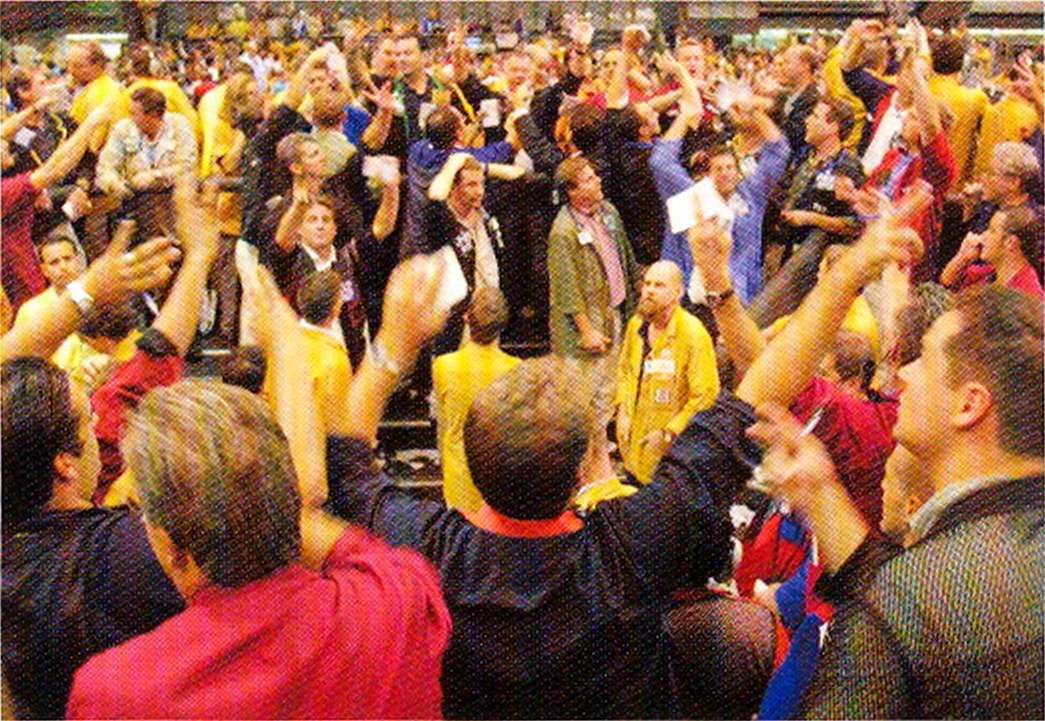
Futures and forwards are also used by speculators - people who hope to profit from price changes.

Financial futures
More recently, financial futures have been developed. These are standardized contracts, traded on exchanges, to buy and sell financial assets. Financial assets such as currencies, interest rates, stocks and stock market indexes fluctuate - continuously vary - so financial futures are used to fix a value for a specified future date (e.g. sell euros for dollars at a rate of ˆ 1 for $1.20 on June 30).
■ Currency futures and forwards are contracts that specify the price at which a certain currency will be bought or sold on a specified date.
■ Interest rate futures are agreements between banks and investors and companies to issue fixed income securities (bonds, certificates of deposit, money market deposits, etc.) at a future date.
■ Stock futures fix a price for a stock and stock index futures fix a value for an index (e.g. the Dow Jones or the FTSE) on a certain date. They are alternatives to buying the stocks or shares themselves.

Like futures for physical commodities, financial futures can be used both to hedge and to speculate. Obviously the buyer and seller of a financial future have different opinions about what will happen to exchange rates, interest rates and stock prices. They are both taking an unlimited risk, because there could be huge changes in rates and prices during the period of the contract. Futures trading is a zero-sum game, because the amount of money gained by one party will be the same as the sum lost by the other.
34.1 Match the words in the box with the definitions below. Look at A opposite to help you
| backwardation | commodities | forwards | futures |
| to hedge | over-the-counter | spot price |
1 the price for the immediate purchase and delivery of a commodity
2 the situation when the current price is higher than the future price
3 adjective describing a contract made between two businesses, not using an exchange
4 contracts for non-standardized quantities or time periods
5 physical substances, such as food, fuel and metals, that can be bought or sold with futures contracts
6 to protect yourself against loss
7 contracts to buy or sell standardized quantities
34.2 Complete the sentences using a word or phrase from each box. Look at A and B opposite to help you.
u banks v companies w farmers
A Commodity futures allow B Interest rate futures allow C Currency futures allow
x food manufacturers y importers z investors
1 to charge a consistent price for their products.
2 to be sure of the rate they will get on bonds which could be
issued at a different rate in the future.
3 to know at what price they can borrow money to finance
new projects.
4 to make plans knowing what price they will get for their crops.
5 to offer fixed lending rates.
6 ...................... to remove exchange rate risks from future international
purchases.
34.3 Are the following statements true or false? Find reasons for your answers in B opposite.
1 Financial futures were created because exchange rates, interest rates and stock prices all regularly change.
2 Interest rate futures are related to stocks and shares.
3 Financial futures contracts allow companies to protect themselves against short-term changes in exchange rates.
4 You can only hedge if someone who expects a price to move in the opposite direction is willing to buy or sell a contract.
5 Both parties can make money out of the same futures contract.

Look at some commodity prices, and decide if you think they will rise or fall over the next three months. Check in three months1 time to see if you would have made or lost money by buying or selling futures.
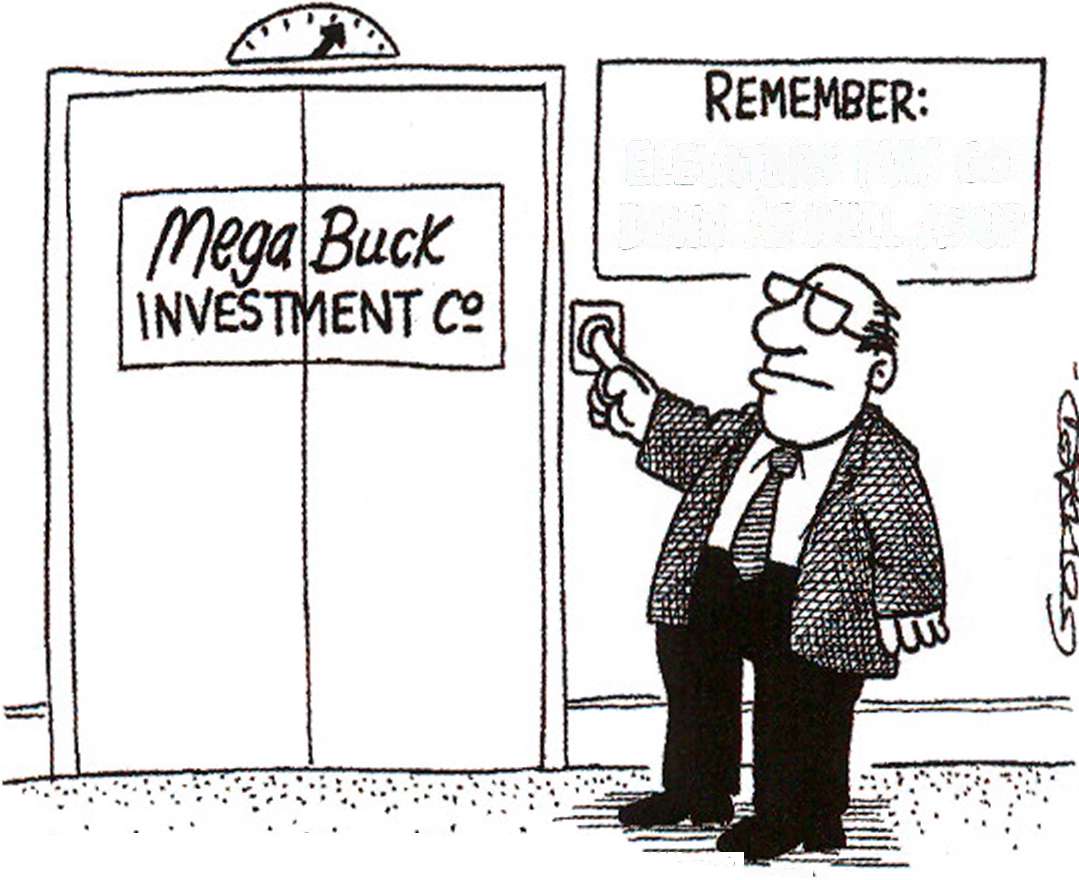
Date: 2015-02-28; view: 12629
| <== previous page | | | next page ==> |
| Money supply and control | | | Derivatives |